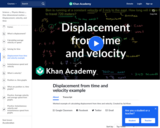
Worked example of calculating displacement from time and velocity
- Subject:
- Physical Science
- Physics
- Material Type:
- Lesson
- Provider:
- Khan Academy
- Author:
- Monterey Institute for Technology and Education
- Sal Khan
- Date Added:
- 09/22/2013

Worked example of calculating displacement from time and velocity
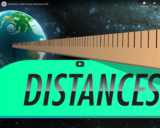
The video resource "Distances: Crash Course Astronomy #25" is included in the "Astronomy" course from the resources series of "Crash Course". Crash Course is a educational video series from John and Hank Green.
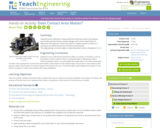
Using the same method for measuring friction that was used in the previous lesson (Discovering Friction), students design and conduct experiments to determine if the amount of area over which an object contacts a surface it is moving across affects the amount of friction encountered.
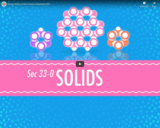
The video resource "Doing Solids: Crash Course Chemistry #33" is included in the "Chemistry" course from the resources series of "Crash Course". Crash Course is a educational video series from John and Hank Green.

Student groups are provided with a generic car base on which to design a device/enclosure to protect an egg on or in the car as it rolls down a ramp at increasing slopes. During this in-depth physics/science/technology activity, student teams design, build and test their creations to meet the design challenge, and are expected to perform basic mathematical calculations using collected data, including a summative cost to benefit ratio.

Paul Andersen explains how the perceived frequency of a source depends on the motion of both the source and the observer. As a source approaches an observer the frequency will increase and as it moves away it will decrease. The same will occur for a moving observer.

The resource "The Doppler Effect" is included in the Physics Fundamentals topic of the EICC Engineering Techology Simulations resource series. This series is segment of a Department of Labor grant awarded to the Eastern Iowa Community Colleges (EICC) of Clinton, Muscatine, and Scott.
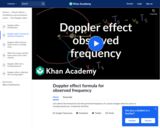
Doppler effect formula for observed frequency
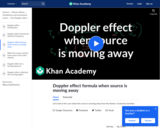
Doppler effect formula when source is moving away
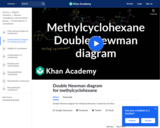
Double Newman Diagram for Methcyclohexane
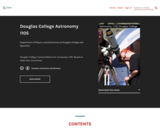
Douglas College Custom Edition for Astronomy 1105. Based on Open Stax Astronomy.
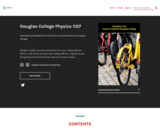
Douglas College custom textbook for first year college physics. Physics 1107 based on Open Stax College Physics. Algebra based, designed primarily for biology and earth science majors.
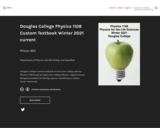
Douglas College custom textbook for first year college physics. Physics 1108 based on Open Stax College Physics. Algebra based, designed primarily for biology majors transferring to Simon Fraser University.
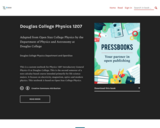
This is a custom textbook for Physics 1207 Introductory General Physics II at Douglas College. This is the second semester of a non-calculus based course intended primarily for life science majors. It focuses on electricity, magnetism, optics and modern physics. This textbook is based on Open Stax College Physics.
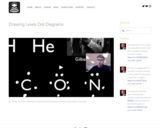
Mr. Andersen shows you how to draw Lewis Dot Diagrams for atoms and simple molecules.
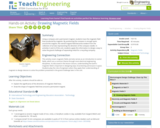
Students use a compass and a permanent magnet to trace the magnetic field lines produced by the magnet. By positioning the compass in enough spots around the magnet, the overall magnet field will be evident from the collection of arrows representing the direction of the compass needle. In activities 3 and 4 of this unit, students will use this information to design a way to solve the grand challenge of separating metal for a recycling company.

The course provides the technological background of treatment processes applied for production of drinking water. Treatment processes are demonstrated with laboratory experiments.

In this video Paul Andersen explains how you can drive non spontaneous processes by adding external energy (like electricity or light) or by coupling it to a spontaneous process (like the conversion of ATP to ADP).
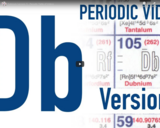
Dubnium seems to be an element no-one knows much about. This video is one of the 118 clips included in the periodic table of elements themed collection created by Brady Haran and the University of Nottingham in the UK.
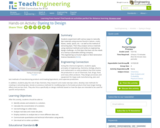
Students experiment with various ways to naturally dye materials using sources found in nature—roots, leaves, seeds, spices, etc.—as well as the method of extracting dyes. Then they analyze various materials using statistical methods and tackle an engineering design challenge—to find dyes that best suit the needs of a startup sustainable clothing company.